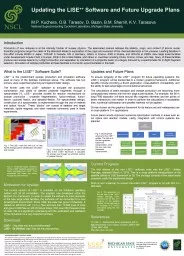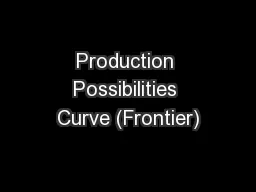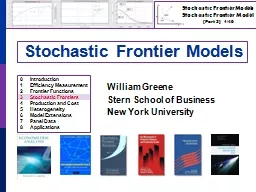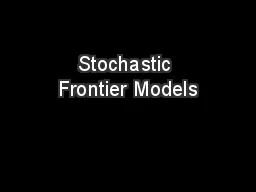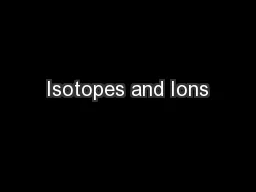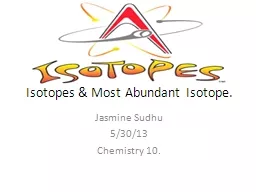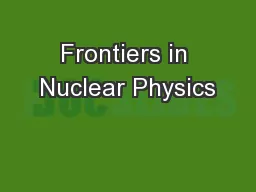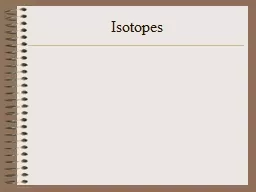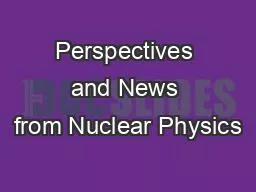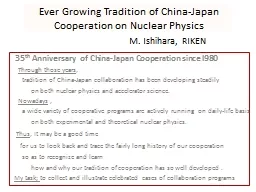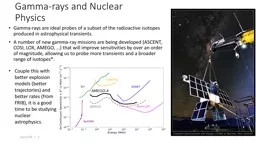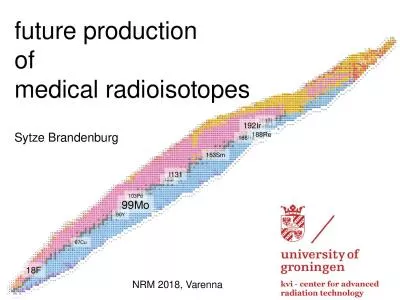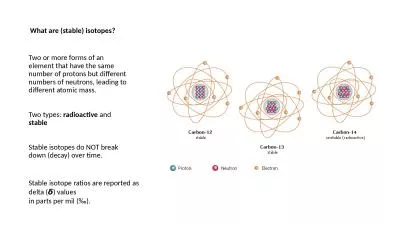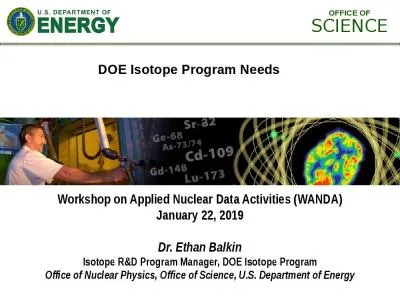PPT-Introduction Production of new isotopes is at the intensity frontier of nuclear physics.
Author : limelighthyundai | Published Date : 2020-07-01
Scientific programs range from tests of the Standard Model to exploration of the origin and evolution of the chemical elements in the universe Leading facilities
Presentation Embed Code
Download Presentation
Download Presentation The PPT/PDF document "Introduction Production of new isotopes ..." is the property of its rightful owner. Permission is granted to download and print the materials on this website for personal, non-commercial use only, and to display it on your personal computer provided you do not modify the materials and that you retain all copyright notices contained in the materials. By downloading content from our website, you accept the terms of this agreement.
Introduction Production of new isotopes is at the intensity frontier of nuclear physics.: Transcript
Download Rules Of Document
"Introduction Production of new isotopes is at the intensity frontier of nuclear physics."The content belongs to its owner. You may download and print it for personal use, without modification, and keep all copyright notices. By downloading, you agree to these terms.
Related Documents

